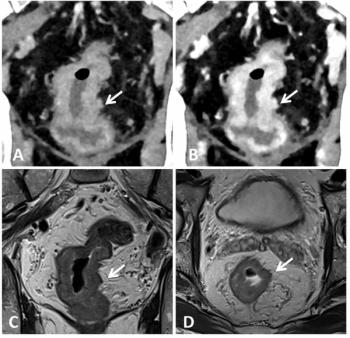
Significance of Brain MRI Incidental Findings in Older Patients
MRI images often detect incidental findings in older patients.
Most incidental findings detected during brain MR imaging in the middle-aged and elderly population do not have direct clinical consequences, according to a study published in
Researchers from the Netherlands performed a prospective study to determine updated prevalence estimate for incidental findings on brain MR images and provide information on clinical relevance, including natural course, over a period of up to nine years.
The researchers enrolled 5,800 study subjects, mean age 64.9; 3,194 subjects (55.1%) were women. All underwent structural brain MR imaging. Trained reviewers recorded abnormalities, which were subsequently evaluated by neuroradiologists. The prevalence with 95% confidence interval (CI) of incidental findings was determined, and clinical management of findings that required the attention of a medical specialist was followed. Follow-up imaging in the study context provided information on the natural course of findings that were not referred.
The results showed that 549 of the participants (9.5%) had incidental findings. The most common were meningiomas (143 subjects) and cerebral aneurysms (134). A total of 188 patients were referred to medical specialists based on the incidental findings. One-hundred-forty-four of these patients (76.6%) either underwent a wait-and-see policy or were discharged after the initial clinical visit. The majority of meningiomas and virtually all aneurysms not referred or referred but untreated remained stable in size during follow-up.
The researchers concluded that incidental findings at brain MR imaging that necessitate further diagnostic evaluation occur in over 3% of the general middle-aged and elderly population, but are mostly without direct clinical consequences.
Newsletter
Stay at the forefront of radiology with the Diagnostic Imaging newsletter, delivering the latest news, clinical insights, and imaging advancements for today’s radiologists.



























